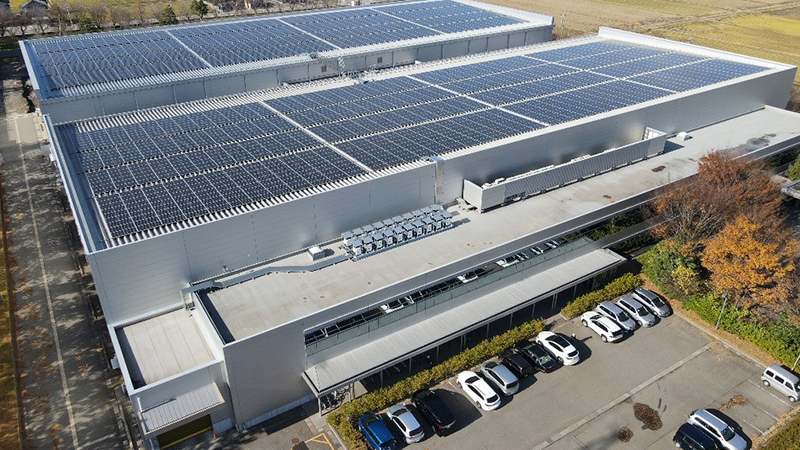In the vast realm of chemistry, countless substances interact in ways that can be both beneficial and catastrophic. While some chemical combinations lead to groundbreaking innovations and everyday conveniences, others pose severe risks to safety and health. Today, we dive deep into the world of chemical incompatibility, uncovering the two chemicals you should never combine under any circumstances. Understanding these dangers is crucial for both professionals and DIY enthusiasts alike, ensuring that our laboratories, workshops, and homes remain safe havens.
- Chlorine and Ammonia: The Silent Poisoners
One of the most infamous and perilous chemical pairings is that of chlorine and ammonia. These two chemicals are ubiquitous in our daily lives; chlorine is often used in water purification and swimming pools, while ammonia is found in household cleaners and fertilizers. When combined, however, they react violently to produce toxic gases.
Reaction Mechanism:
When chlorine (Cl₂) meets ammonia (NH₃), they form nitrogen trichloride (NCl₃), a highly unstable and explosive compound. This reaction can occur spontaneously with minimal agitation, releasing toxic fumes such as hydrochloric acid (HCl) and nitrogen dioxide (NO₂). Both HCl and NO₂ are irritants to the respiratory tract, eyes, and skin, capable of causing severe chemical burns and respiratory distress.
Hazards:
Exposure to these gases can lead to immediate health issues ranging from coughing, wheezing, and difficulty breathing to more severe conditions like chemical pneumonia and even death. In addition, the explosive nature of nitrogen trichloride poses a significant risk of blast injuries and fire.
Preventive Measures:
- Storage: Always store chlorine- and ammonia-based products separately in well-ventilated areas.
- Labeling: Ensure all chemical containers are clearly labeled.
- Training: Educate yourself and your team about the dangers of mixing these chemicals.
- Emergency Preparedness: Have a well-rehearsed emergency response plan in place, including access to respiratory protection and evacuation routes.
- Bleach and Vinegar: The Misunderstood Household Mix
While not as dramatic as chlorine and ammonia, the combination of bleach (sodium hypochlorite, NaClO) and vinegar (acetic acid, CH₃COOH) can also result in hazardous outcomes, albeit on a smaller scale. This mixture is often touted online as a DIY cleaning solution, but it poses significant risks when used incorrectly.
Reaction Mechanism:
When bleach and vinegar mix, they produce chlorine gas (Cl₂), a highly toxic and irritant gas similar to that released in the chlorine-ammonia reaction, albeit in smaller quantities. Chlorine gas can irritate the lungs, eyes, and skin, leading to respiratory problems, eye damage, and skin burns.
Hazards:
While the amount of chlorine gas produced may be less than in industrial-scale reactions, it's still enough to cause discomfort and potential health issues, especially in enclosed spaces with inadequate ventilation.
Preventive Measures:
- Awareness: Understand that bleach and vinegar should never be mixed. Opt for separate use of these products, ensuring adequate ventilation when using either.
- Ventilation: Ensure proper ventilation when cleaning with either bleach or vinegar.
- Alternatives: Seek out safer, non-toxic cleaning alternatives that do not involve mixing bleach and vinegar.
Beyond the Basics: Understanding Chemical Compatibility
The importance of chemical compatibility extends far beyond these two examples. Every chemical has its unique reactivity profile, and mixing them without understanding their potential interactions can lead to unpredictable and hazardous outcomes. Here are some general guidelines to help navigate the complex world of chemical safety:
- Read Labels and MSDS: Material Safety Data Sheets (MSDS) provide crucial information about a chemical's hazards, reactivity, and safe handling practices.
- Consult Experts: When in doubt, consult a chemist or safety professional familiar with the substances you intend to use.
- Small-Scale Testing: When experimenting with new chemical combinations, always start with small quantities in a well-ventilated area.
- Emergency Preparedness: Have a comprehensive emergency response plan that includes first aid procedures, chemical spill kits, and evacuation routes.
Conclusion: The Art and Science of Avoiding Deadly Combinations
In the intricate dance of chemical reactions, understanding which substances should never meet is a dance of life and death. Chlorine and ammonia, as well as bleach and vinegar, stand out as two combinations that should be avoided at all costs. By educating ourselves on the dangers of these and other incompatible chemicals, we can mitigate the risks and enjoy the benefits of chemistry without compromising our safety and health. Remember, knowledge is power, and in the world of chemistry, it's a power that can save lives. Stay informed, stay safe.





